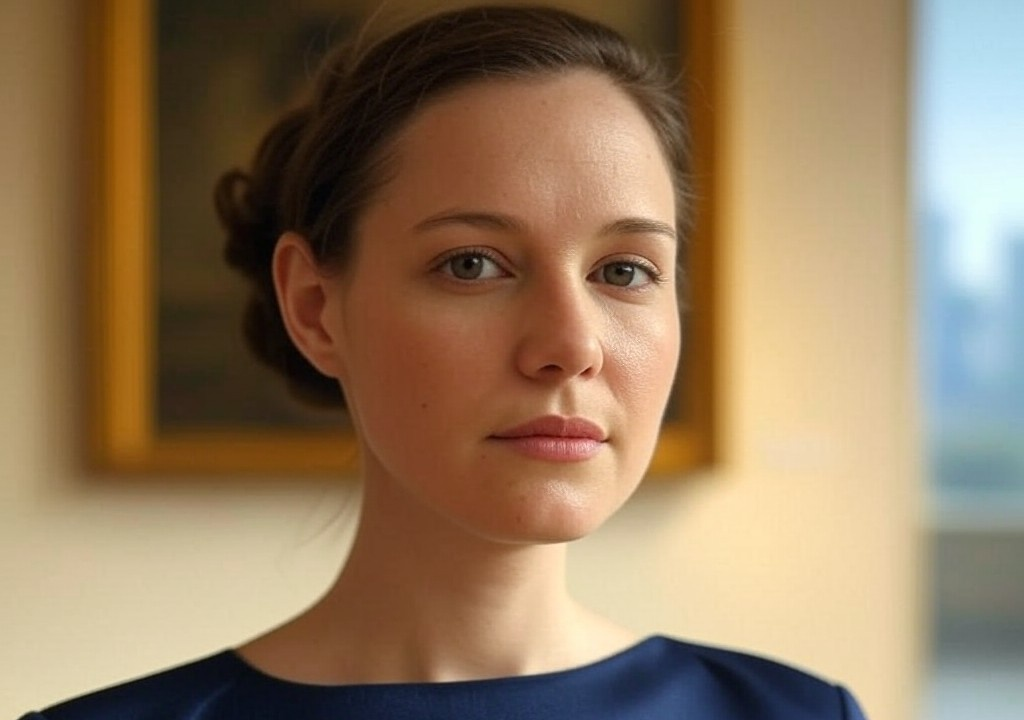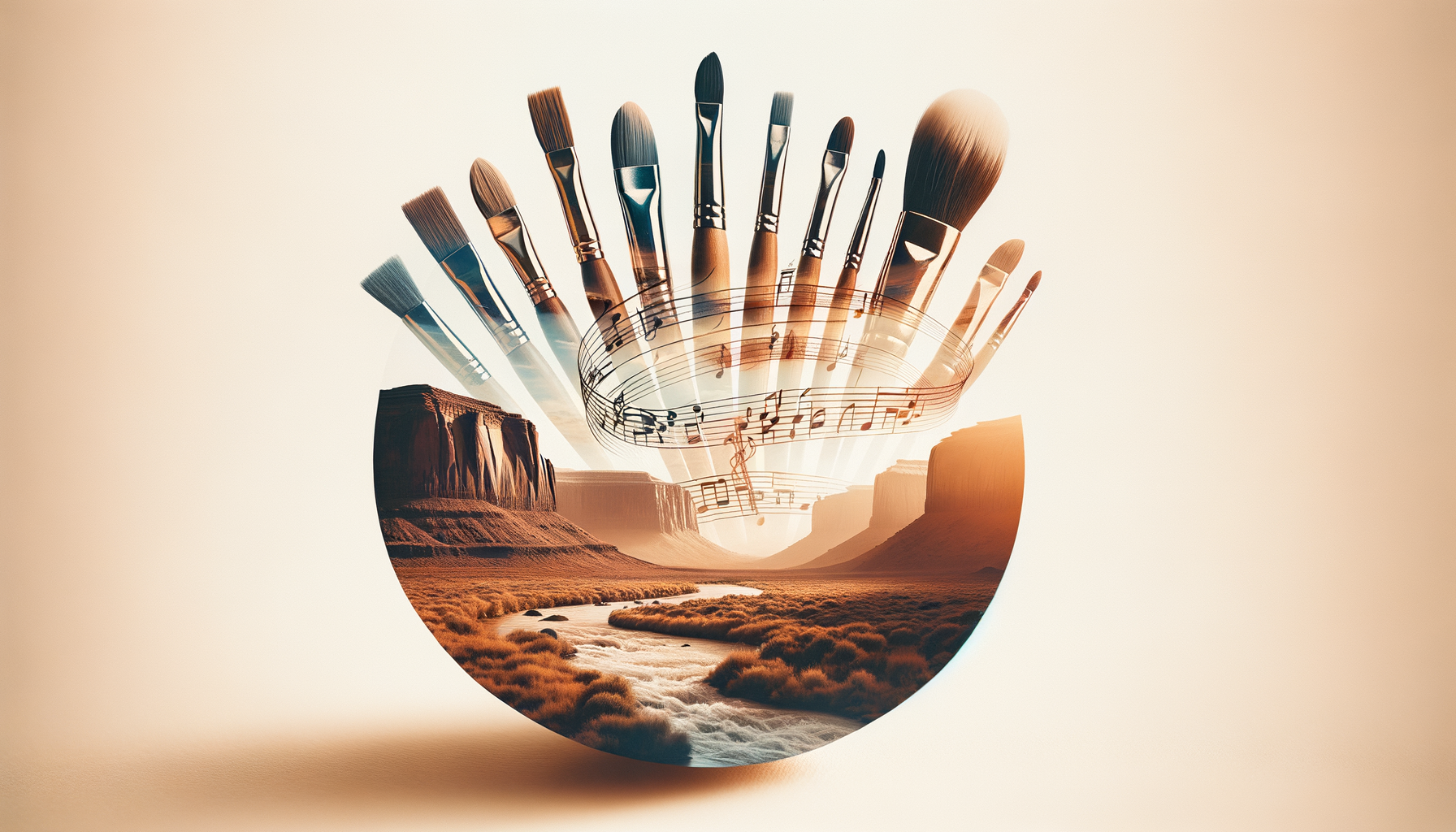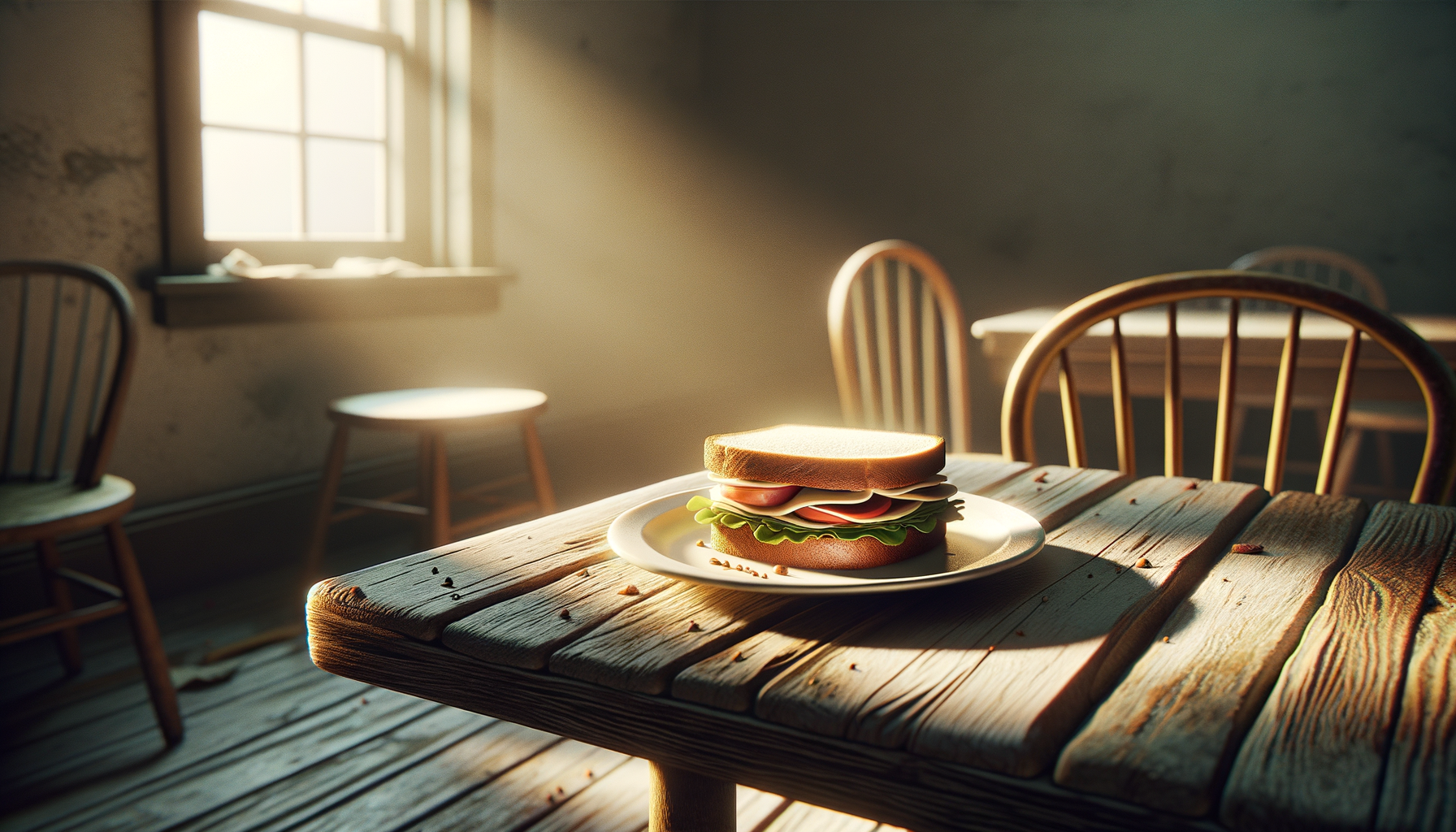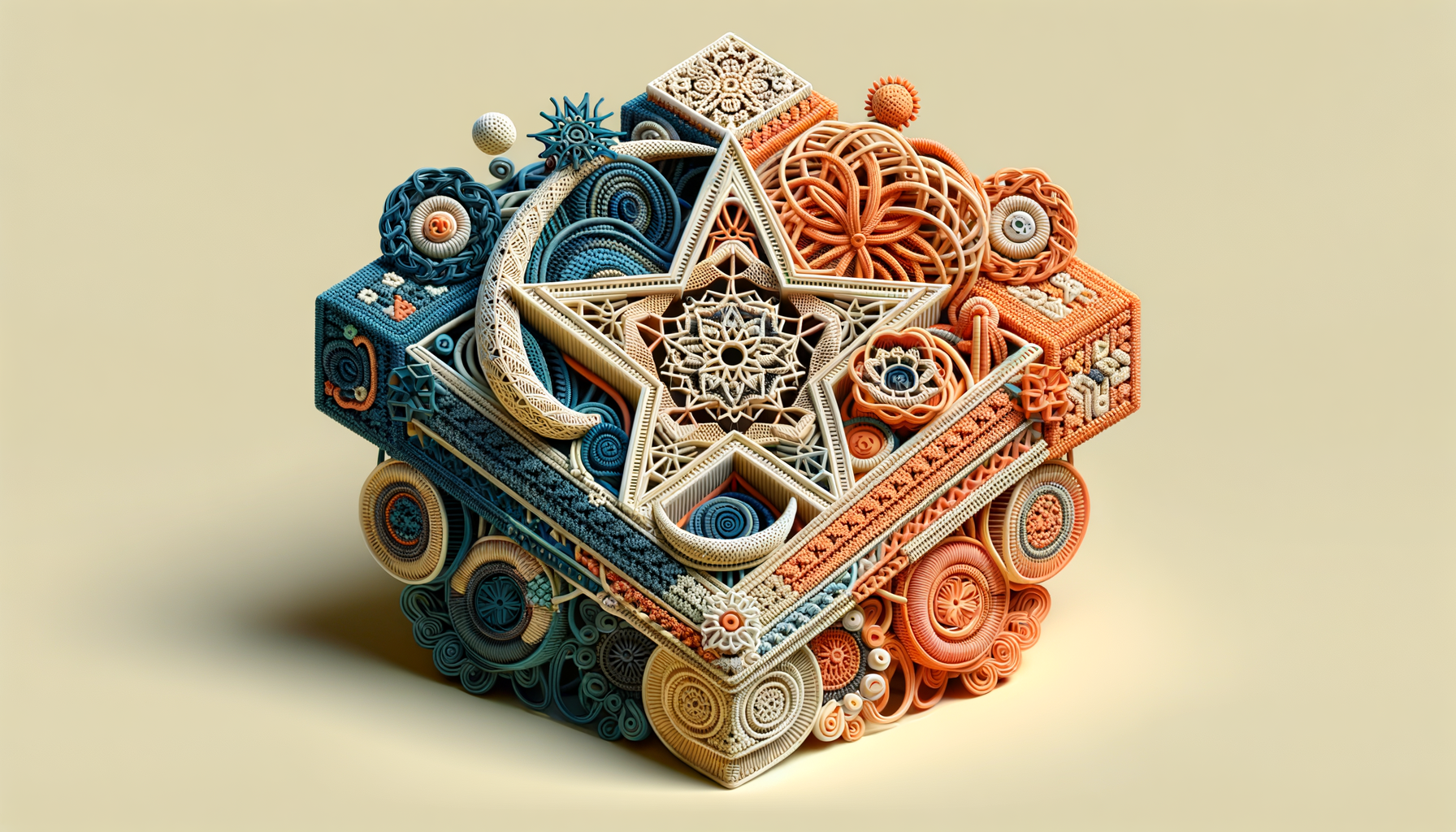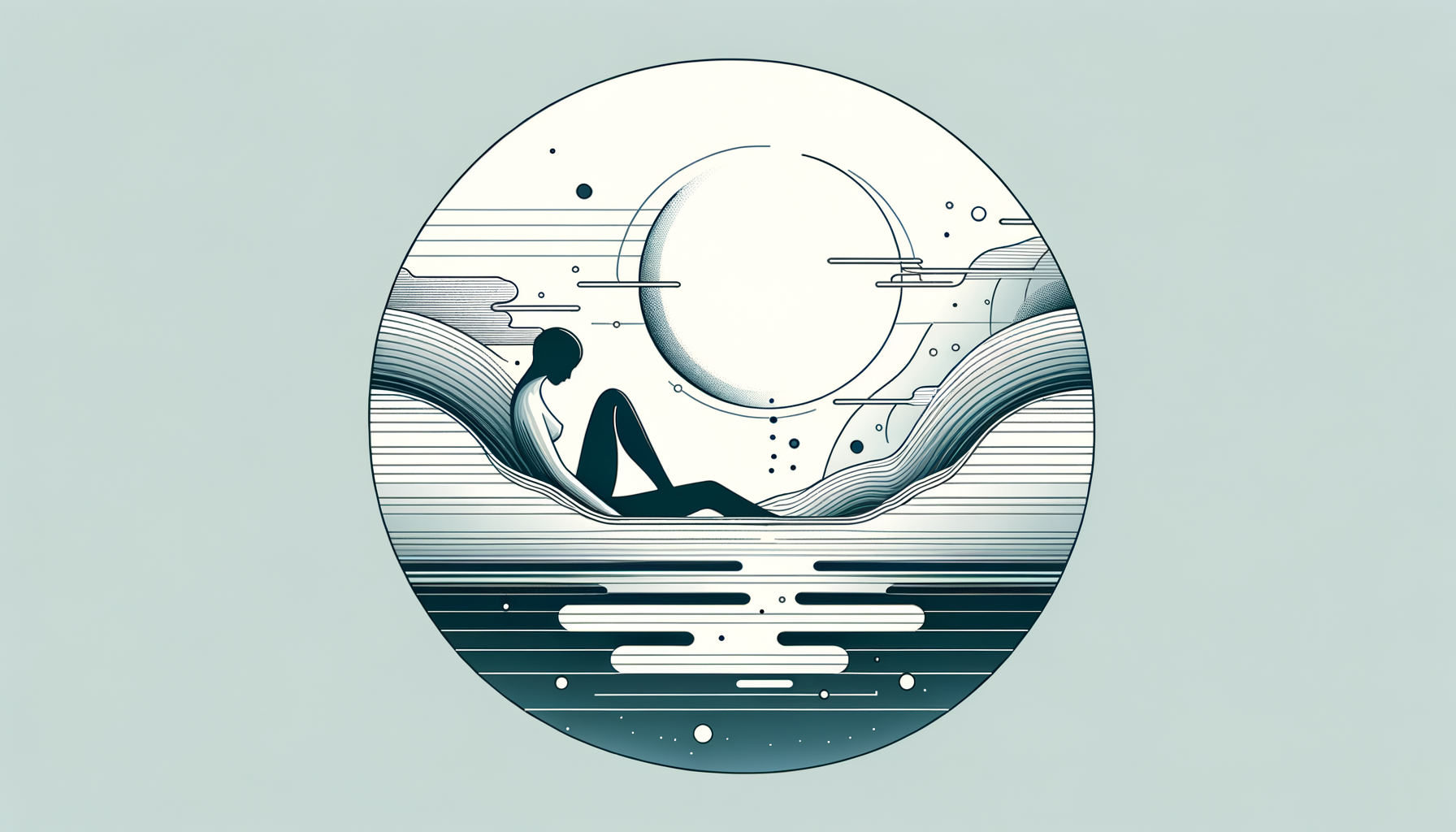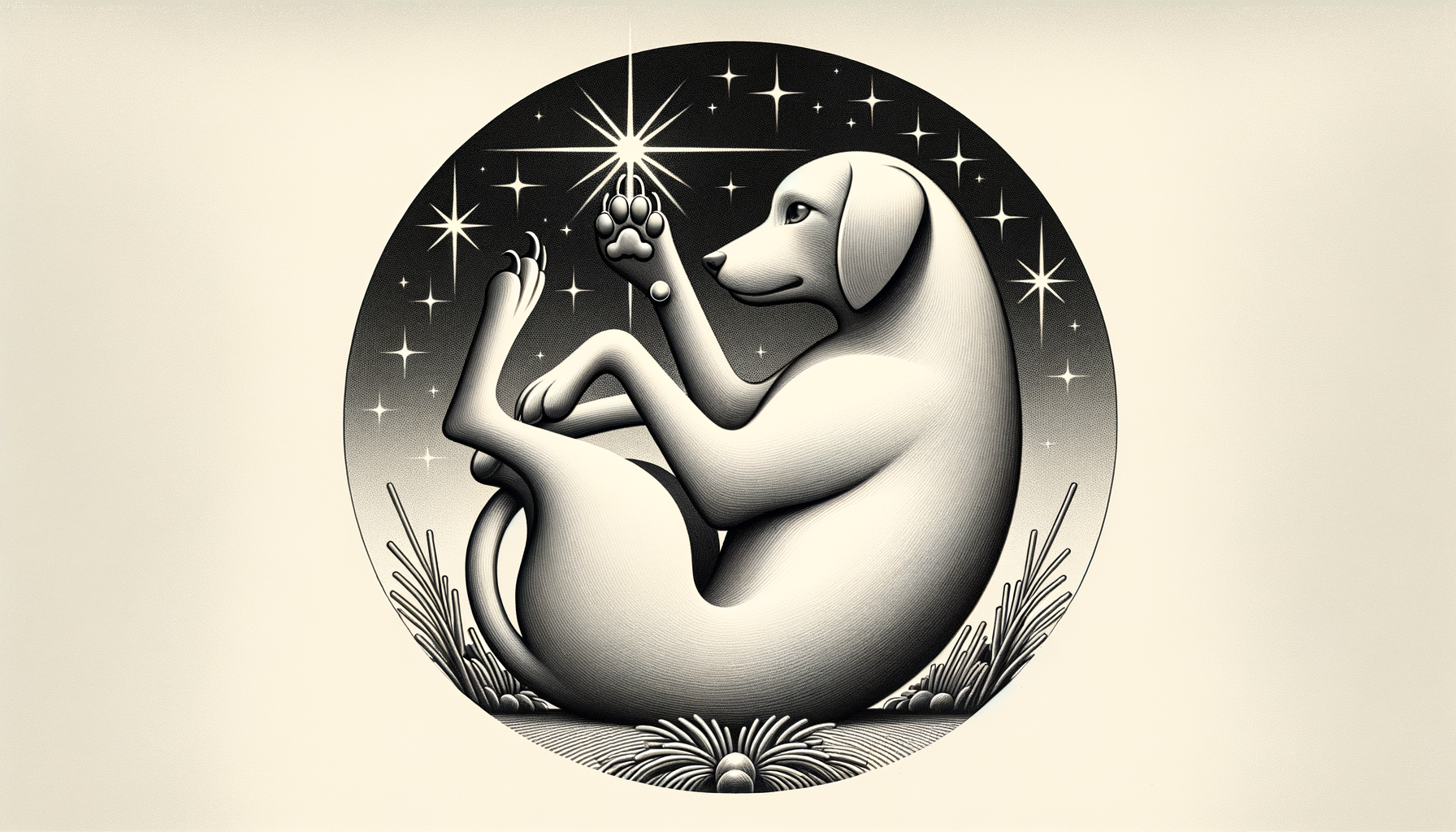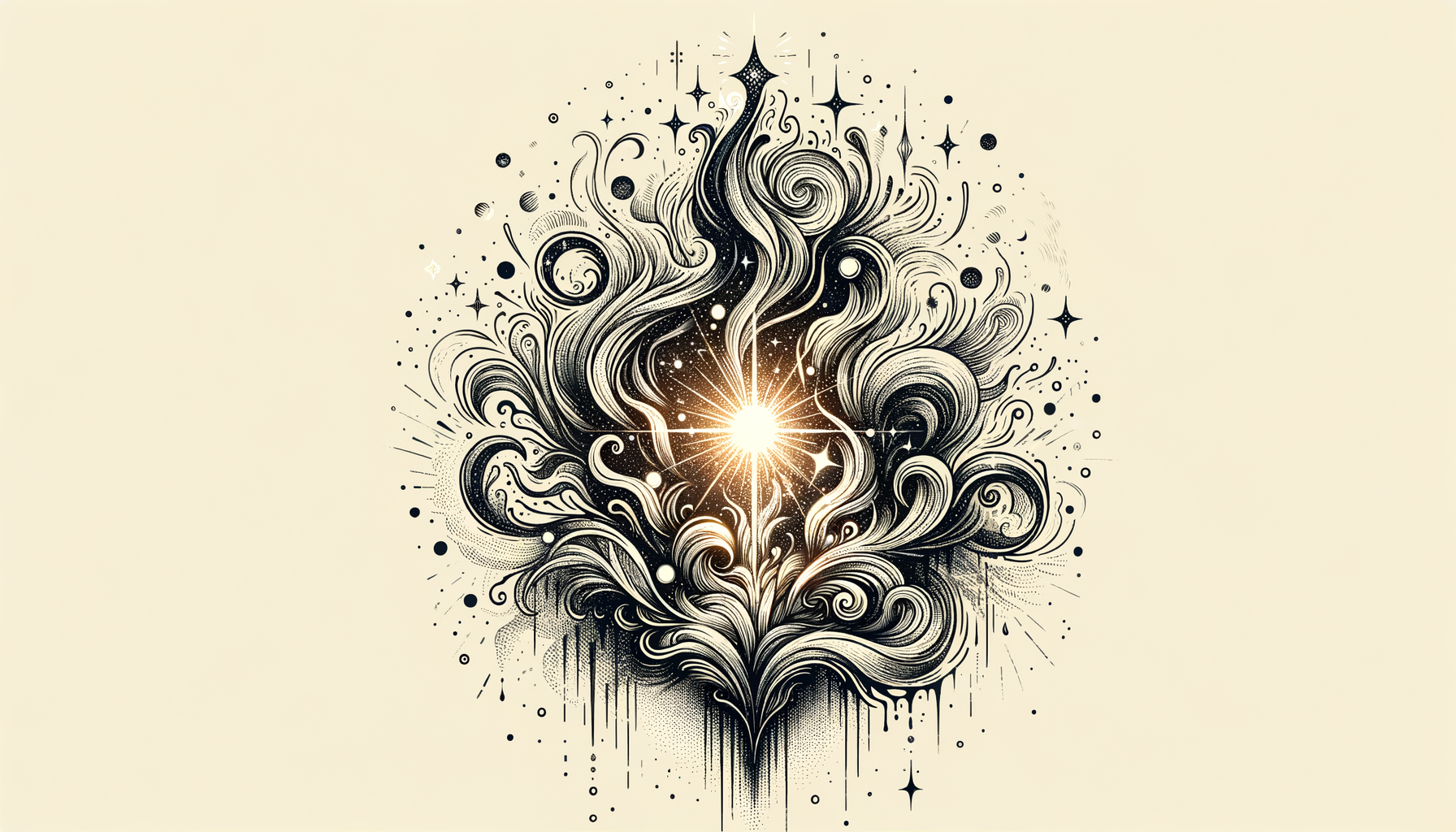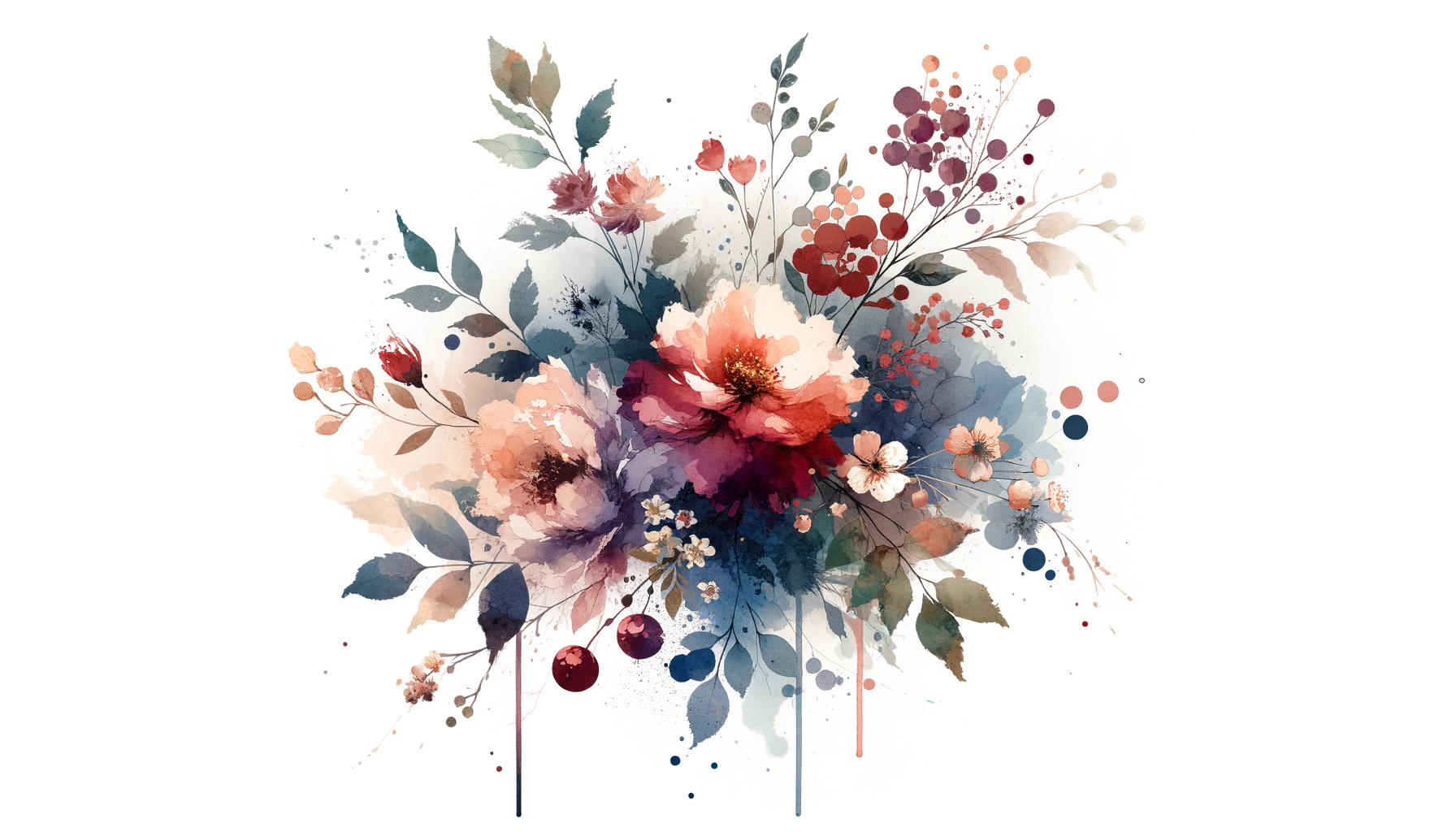The Secret Art of Letting Go
The Hidden Canvas of My Struggle
For as long as I can remember, I’ve been the Curator. Not in the strictly professional sense—though yes, I’ve literally done that too—but in the messy, emotional sense. The type of person who compulsively smooths the narrative for everyone around them. Who arranges the jagged edges of life into something polished and presentable, no matter how much chaos churns beneath. Growing up in Manhattan’s art scene, you learned early: life could be cracked, but it should always stay framed.
This compulsion to curate wasn’t just for aesthetic Instagram flat lays or impressing strangers at openings—it seeped into my relationships. With friends. With family. With lovers. I was the woman who couldn’t let things unravel, who stayed “amicable” after breakups, who pretended things were fine whenever they profoundly weren’t. Somewhere along the way, I told myself a story: I don’t crumble. I compartmentalize. But cracks in a masterpiece have a way of warping, no matter how much you try to hide them under a spotlight.
You see, my secret wasn’t a singular grand trauma. It was the quiet, relentless battle of being bad at... letting go. Of continually editing the parts of myself and my relationships that hurt. And trust me, no gallery lighting can make that better.
It turns out “faking fine” was my medium—and I was about to hit a wall.
The Breakup That Taught Me (Almost) Everything
There was one breakup that finally dragged the unflattering truth into focus. Let’s call him “Hugo.” (Not his real name, although, if he ever stumbles across this, the flair alone will tip him off.) It wasn’t a dramatic coupling—we didn’t shout-argue in cobblestoned streets like an Edith Wharton novel. We weren’t Carrie-and-Big levels of toxic ping-pong, nor were we particularly doomed in any cinematic, tragic way.
But when it ended, I could not—absolutely not—let go.
I hoarded pieces of Hugo like a maniacal curator trying to reconstruct a shattered vase. Old notes he’d written me, playlists we’d made together, even the stub from a Whitney exhibit we’d attended on a snowy February afternoon. My apartment became an accidental shrine to a relationship that no longer existed. Every text I wanted to send (but didn’t) burned like a neon vacancy sign in my brain. Even when my friends pulled me to Parisian dive bars and charming speakeasies, I couldn’t stop mentally cataloging Hugo in some melancholy database.
Letting go, for me, was scarier than heartbreak itself. It felt like proof that I’d failed as a Curator of Romance. Letting him go wasn’t just losing him—it was losing the version of myself I’d wanted to believe in.
Why We Hold On (When We Shouldn’t)
Here’s the thing about clutching onto what no longer serves you: it feels deceptively safe. If you’re a sentimentalist like me, keeping the “artifacts” of your past relationship feels like a way to preserve its worth, like if you let go too quickly, you’re dishonoring it. We tell ourselves things like:
- “What if I forget the good parts?”
- “It just needs time—then we can be friends, right?”
- “It wasn’t so bad, maybe I overreacted.”
Spoiler alert: hoarding emotional debris doesn’t make the sting go away. It just leaves less room for new things to come in. In hindsight, my attachment to Hugo wasn’t even about Hugo—it was about control. I didn’t want to sit with the void of unknowns. The present might’ve been painful, but at least it was familiar. I’d chosen to be an archivist of my former happiness instead of chasing something new.
My Epiphany (in the Least Glamorous Place Imaginable)
The turning point was as anticlimactic as they come—my bathroom floor, on a Tuesday, with pho from a decidedly mediocre takeout place. I was halfway through a podcast on minimalist design (yes, really) when a quote hit me like one of Rothko’s bleeding reds:
"Just because it has meaning doesn’t mean it belongs."
I paused, mid-noodle slurp, and stared at that pile of Hugo paraphernalia stacked in a corner. The playlists, the ticket stubs, the birthday card with his loopy handwriting. None of it belonged anymore—not in my space, not in my mind. It had been meaningful once, but I didn’t owe it eternal shelf space.
And for perhaps the first time ever, I realized that letting go wasn’t erasure. It wasn’t dishonoring the beauty of what once was. It was creating space for what could be. I didn’t need to whitewash that chapter of my life—I just needed to give it the right frame. One labeled “past.”
Putting the Practice into Practice
If you’re someone who wrestles with the art of letting go, here’s what finally worked for me:
-
Audit the Artifacts
Start by physically clearing space. I piled up everything Hugo-related and asked myself: Does this spark belonging? If the answer was “no (but it sparks pain or guilt),” out it went. Marie Kondo your heart. -
Ritualize the Release
I didn’t just toss things—I did it ceremoniously. Think “burning sage,” not “dumping trash.” I made tiny goodbyes meaningful by writing a “thank you” note to the relationship (without sending it—don’t get wild), then shredded it into reusable packing material. -
Replace the Negative Canvas
I replaced the mental loop of “What did I do wrong?” with this question: “What do I want to fill this new blank space with?” For me, it was art classes at a community space in Brooklyn—something messy, whole-hearted, and 100% Hugo-free. -
Check Your Timeline but Forgive It
Letting go isn’t linear. Some days, you’ll miss the person who’s gone. Some days, you’ll romanticize the life you thought you’d have. That’s not failing—it’s humanity. Just keep moving forward instead of reconstructing the past every time nostalgia rears its head.
The Masterpiece of Moving Forward
Years on from Hugo, I’ve had new relationships, new heartbreaks, and—most importantly—new lessons in the art of letting go. It’s a lifelong process, not an overnight transformation. But each time I release something that no longer belongs, the space that opens up surprises me. It feels like standing in front of an abstract piece—you don’t get it right away, but the longer you look, the more you see. And it’s beautiful in ways you never expected.
So if you’re clutching your own “Hugo” right now—mentally, emotionally, or physically—ask yourself this: does this belong? If it doesn’t, go on. Fling wide the gallery doors. There’s more art waiting. I promise.


